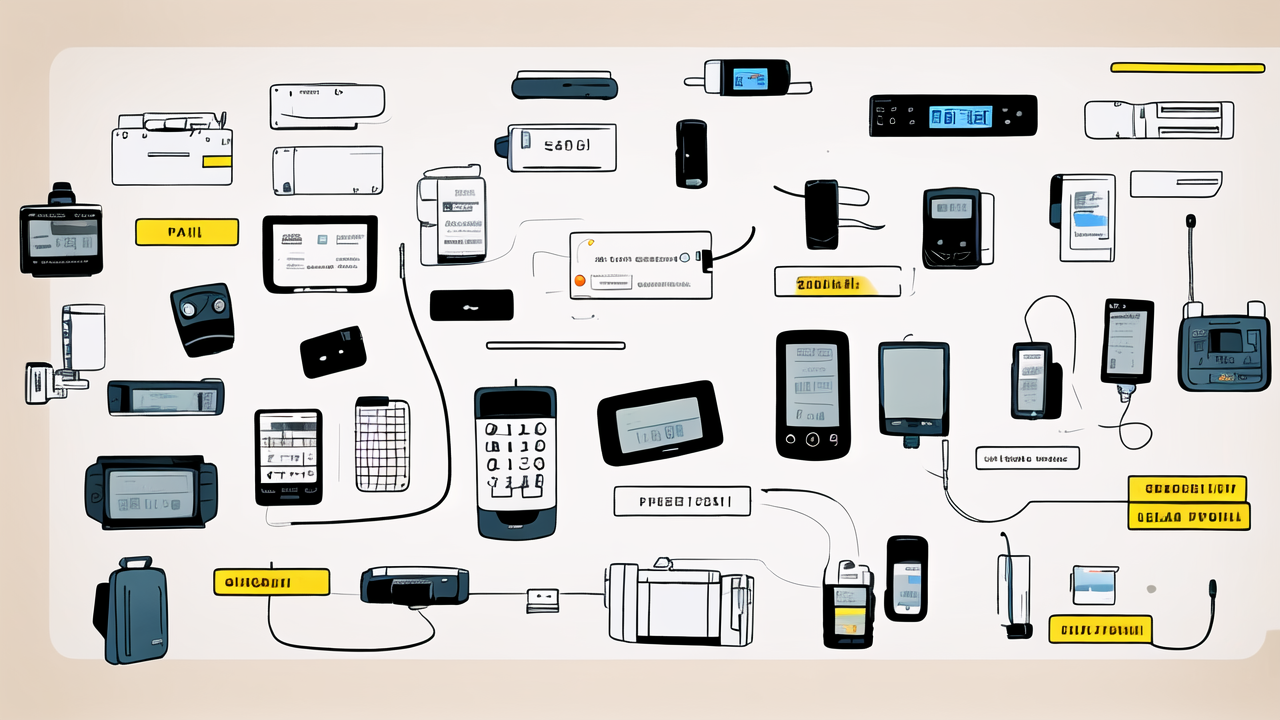Understanding the Differences: Walkie-Talkies and Satellite Radios
The Fundamentals of Walkie-Talkie Technology
Walkie-talkies are portable two-way radios. They work on radio frequencies to send and receive voice messages. These devices are simple to use and don't need complex infrastructure. They're great for short-range communication, typically up to a few miles.

Walkie-talkies use different frequency bands. The most common are UHF and VHF. UHF is better for indoor use, while VHF works well outdoors. They have channels to avoid interference. Some models offer privacy codes for more secure chats.
Many walkie-talkies are rugged and water-resistant. This makes them ideal for outdoor activities. They're popular in construction, security, and emergency services. Walkie-talkies are also used in sports and recreational activities.
The Fundamentals of Satellite Radio Communication
Satellite radios use orbiting satellites to transmit signals. This allows for global coverage, even in remote areas. Unlike walkie-talkies, they don't rely on ground-based towers. This makes them ideal for long-distance communication.
These devices connect to a network of satellites. The satellites relay signals between users. This system works anywhere with a clear view of the sky. It's perfect for maritime, aviation, and wilderness communication.
Satellite radios offer features like GPS tracking and emergency beacons. They can send text messages and sometimes access weather updates. However, they often require a subscription service. The equipment is usually more expensive than walkie-talkies.
Comparative Advantages of Satellite vs. Walkie-Talkies
Walkie-talkies shine in local, group communication. They're easy to use and don't need subscriptions. They're great for team coordination in small areas. However, their range is limited, and they can't work globally.
Satellite radios excel in remote areas. They offer worldwide coverage and additional features. They're ideal for solo travelers or small teams in isolated places. But they come with higher costs and may have slower communication speeds.
Walkie-talkies are better for instant, push-to-talk communication. Satellite radios are better for reliable long-distance contact. The choice depends on your specific needs and environment.
Selecting the Right Communication Solution for Your Business
Assessing Your Communication Needs
To choose between walkie-talkies and satellite radios, assess your needs carefully. Consider the range you require. If you work within a small area, walkie-talkies might suffice. For global reach, satellite is the way to go.

Think about your team size. Walkie-talkies are great for large teams in close proximity. Satellite radios work well for small, spread-out groups. Consider the environment too. Urban areas with many obstacles? Walkie-talkies might struggle.
Evaluate the importance of instant communication. Walkie-talkies offer immediate contact. Satellite can have slight delays. Also, think about data needs. If you need more than voice, satellite offers more options.
The Role of Cost and Technology in Your Decision
Cost is a major factor in choosing communication tech. Walkie-talkies are generally cheaper upfront. They don't need subscriptions. This makes them cost-effective for small businesses.
Satellite radios have higher initial costs. They also require ongoing service fees. However, they offer more features and global coverage. This can be worth the cost for some businesses.
Consider the tech learning curve. Walkie-talkies are simple to use. Most people can start using them right away. Satellite radios might need more training. They often have more complex features.
Integration with Other Systems and User Preferences
Think about how the communication system will fit with your existing tech. Walkie-talkies are standalone devices. They rarely integrate with other systems. This simplicity can be a pro or a con.
Satellite radios often integrate with GPS and tracking systems. They can link with smartphones or computers. This can be useful for data logging and fleet management.
User preference matters too. Some staff might prefer the simplicity of walkie-talkies. Others might like the advanced features of satellite radios. Consider running a trial with both to see what works best.
Legal and Regulatory Considerations in the United States
Navigating the FCC Regulations for Walkie-Talkies and Satellite Radios
In the US, the FCC regulates radio communications. This includes both walkie-talkies and satellite radios. For walkie-talkies, different rules apply to different frequency bands.

FRS (Family Radio Service) walkie-talkies don't need a license. They're limited in power and range. GMRS (General Mobile Radio Service) requires a license. It allows for more power and range.
Satellite radio services often need FCC approval. This is usually handled by the service provider. Users should check that their provider is compliant. Some satellite phones may need additional permits for international use.
Best Practices for Compliance and Safety
To stay compliant, always use approved devices. Don't modify walkie-talkies or satellite radios. This can lead to illegal transmissions. Keep your GMRS license up to date if you use those frequencies.
Follow power limits and channel restrictions. This helps prevent interference with other services. In emergencies, know the proper channels and procedures. Many devices have dedicated emergency features.
Train your team on proper radio etiquette. This includes using clear language and avoiding unnecessary chatter. For satellite services, understand your plan's limits. Unexpected fees can occur with overuse.
Future Trends in Satellite and Walkie-Talkie Technologies
The future of communication tech is exciting. Walkie-talkies are becoming smarter. Many now offer Bluetooth connectivity and app integration. This bridges the gap between traditional radios and smartphones.
Satellite technology is advancing rapidly. New low-earth orbit satellites promise faster, cheaper service. This could make satellite communication more accessible to smaller businesses.
Both technologies are focusing on improved battery life and ruggedness. Integration with IoT (Internet of Things) devices is also on the horizon. This could lead to more versatile communication solutions.
As 5G networks expand, the line between terrestrial and satellite comms may blur. Hybrid devices that use both could become common. Whatever the future holds, staying informed about new tech will be key.


